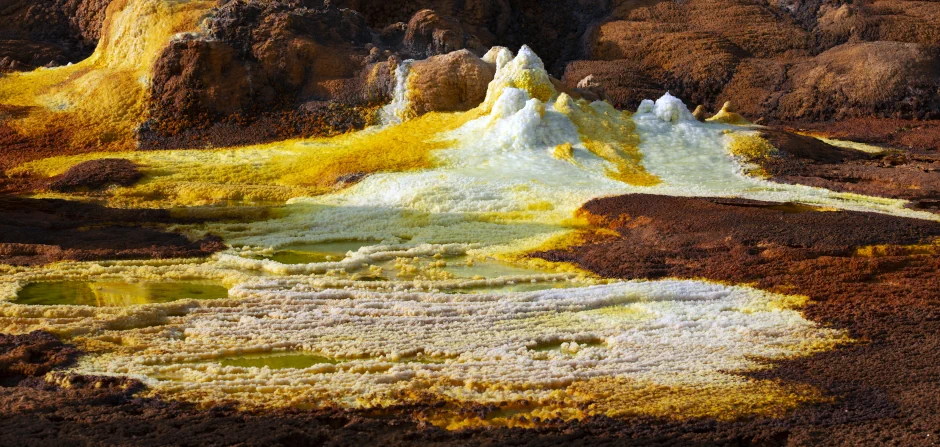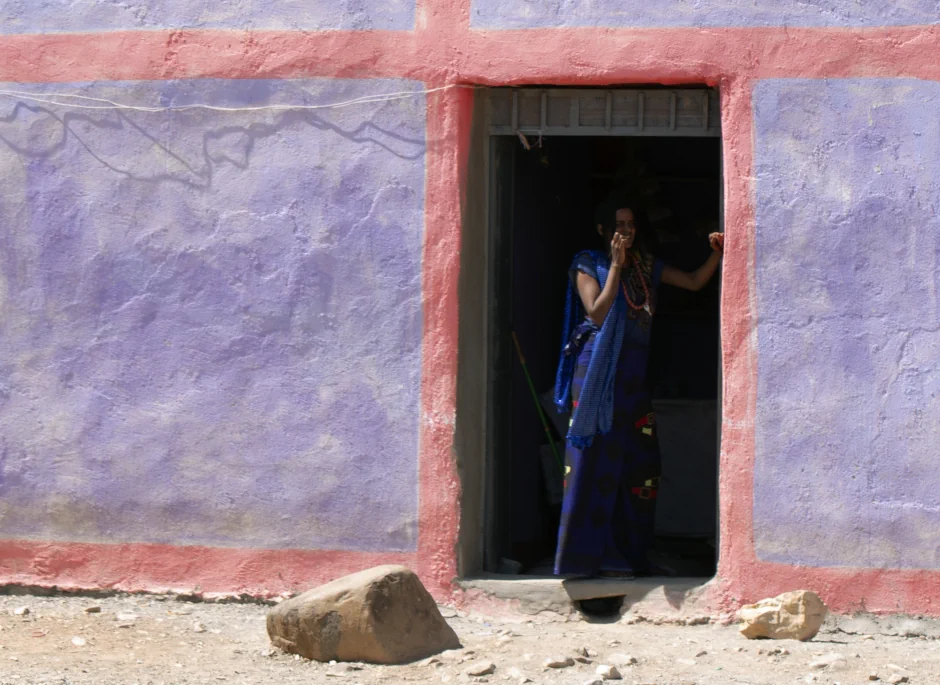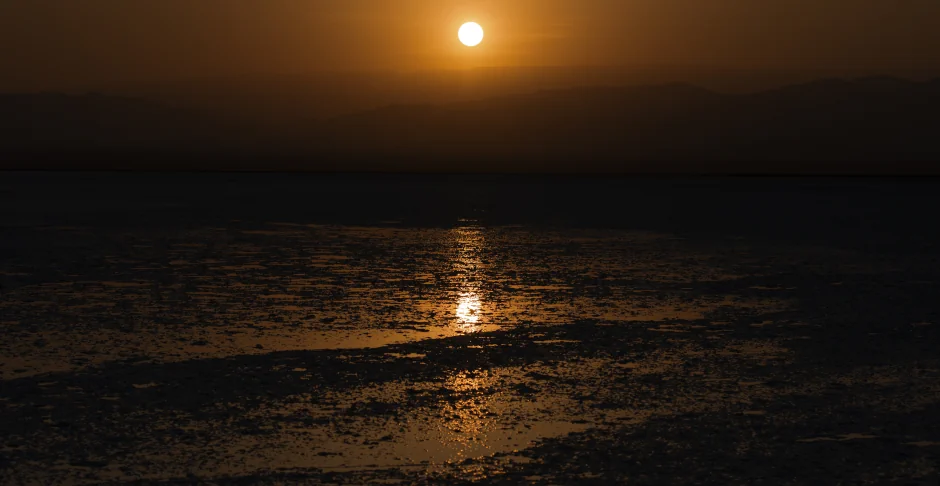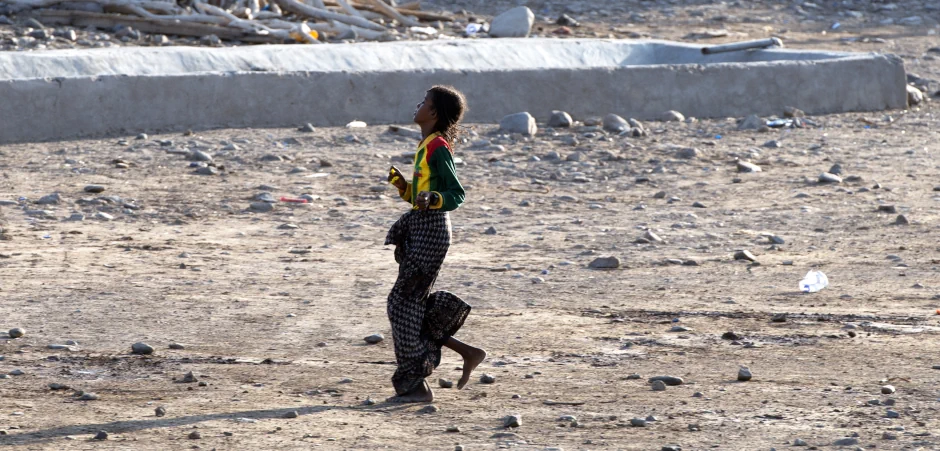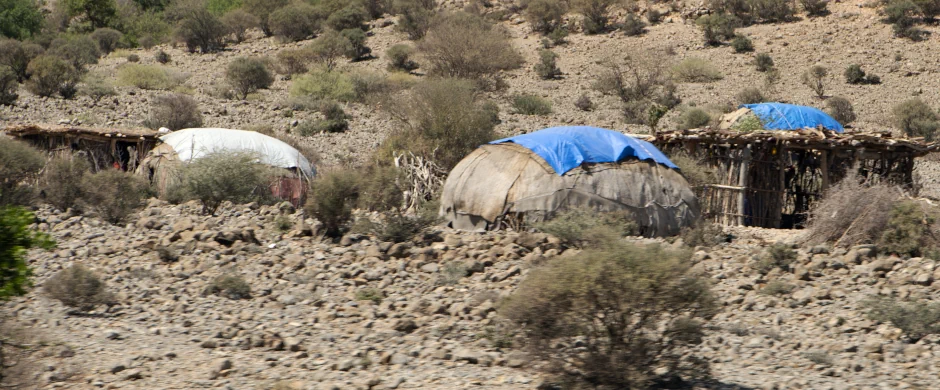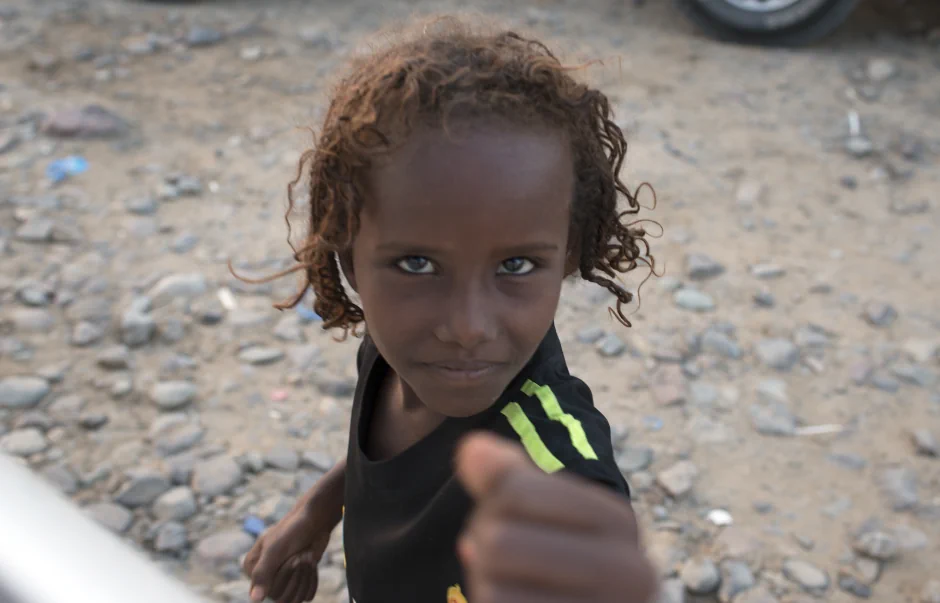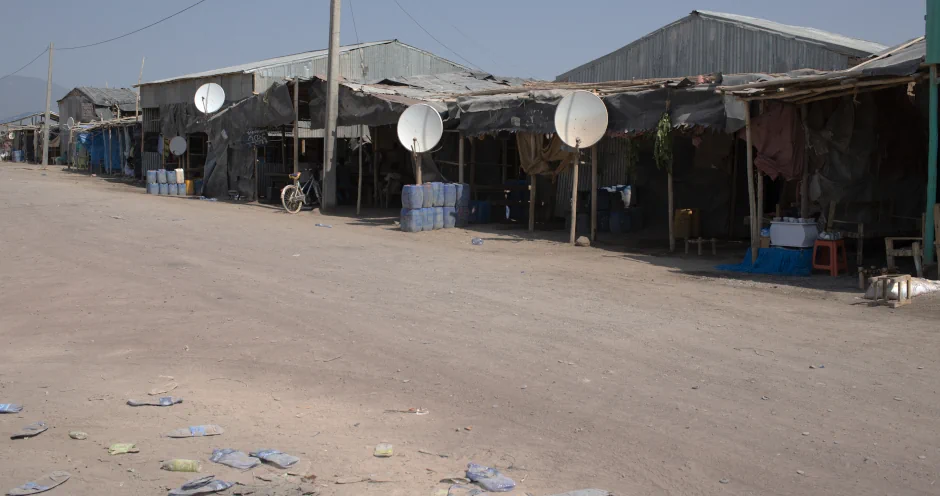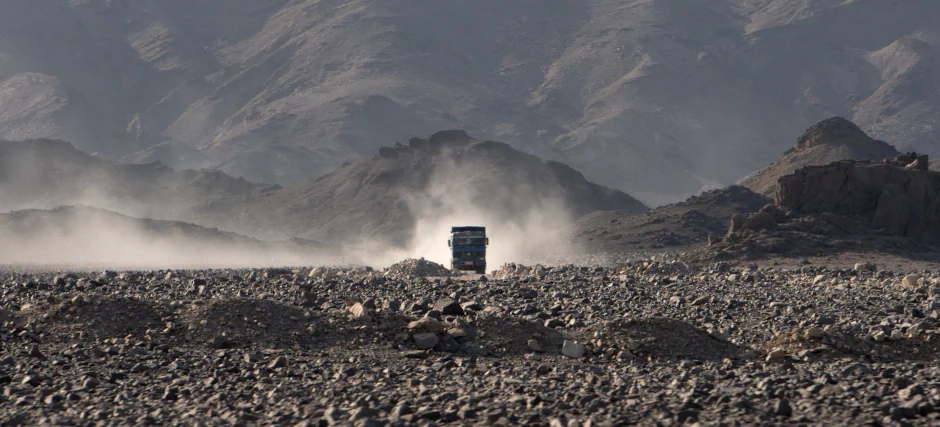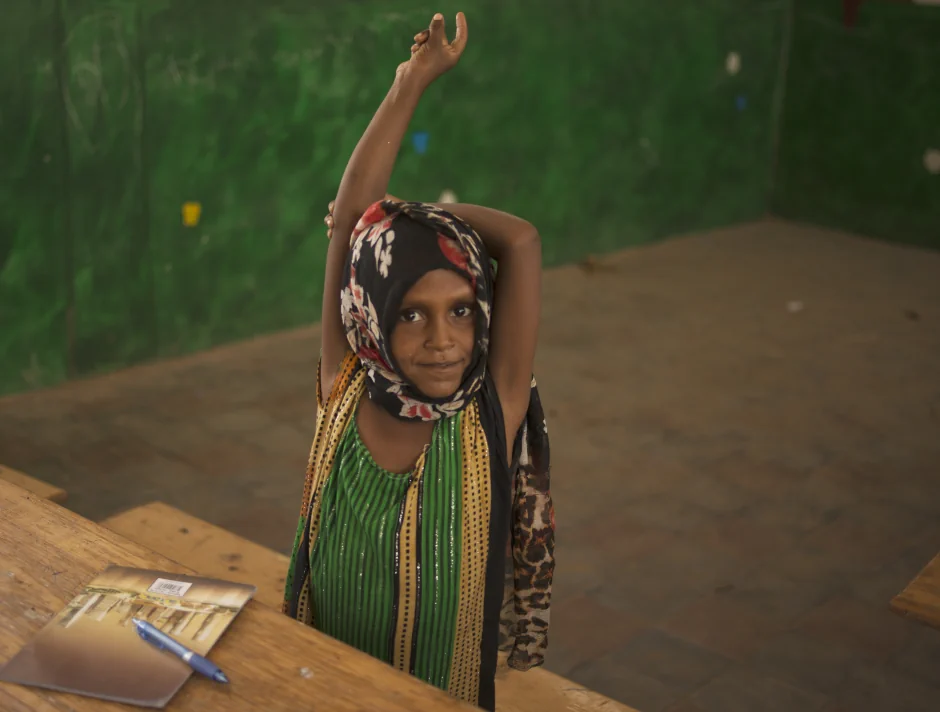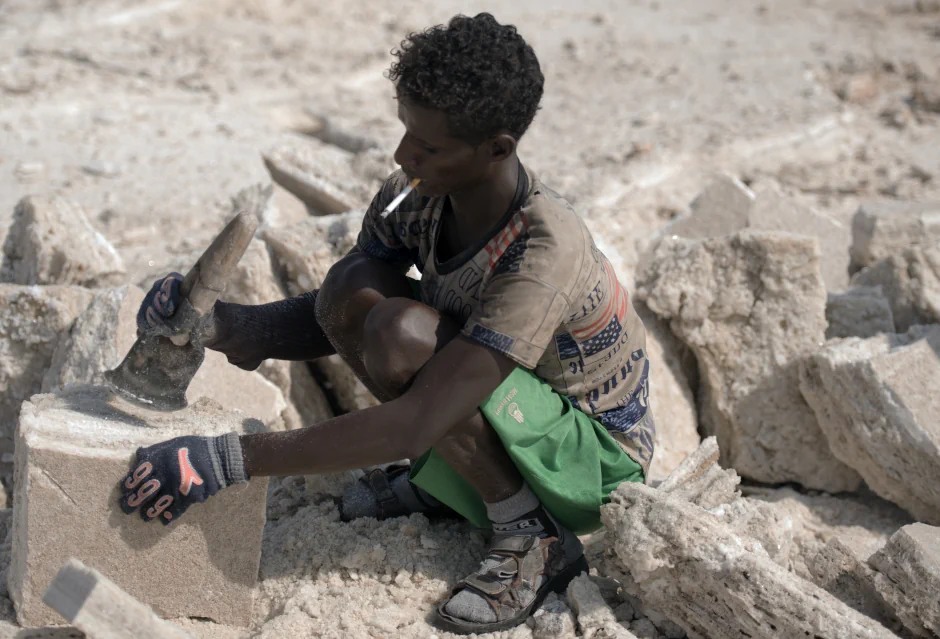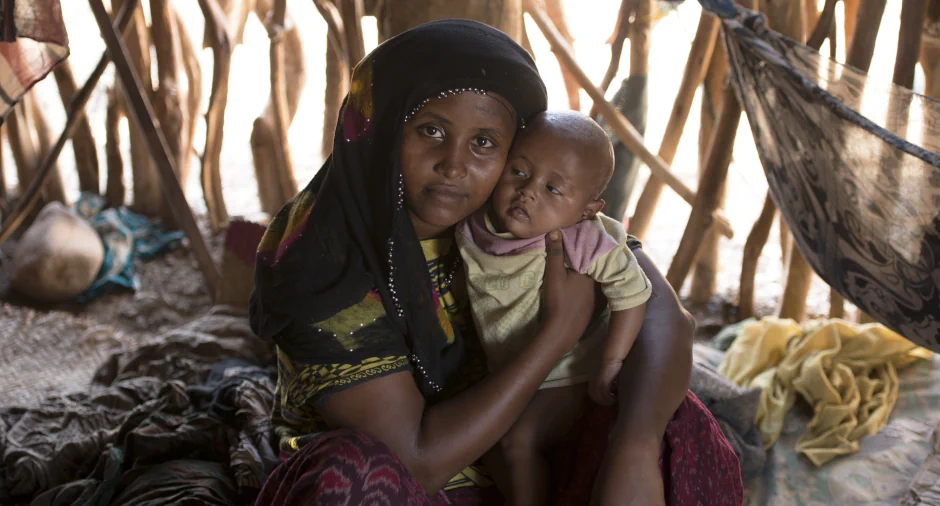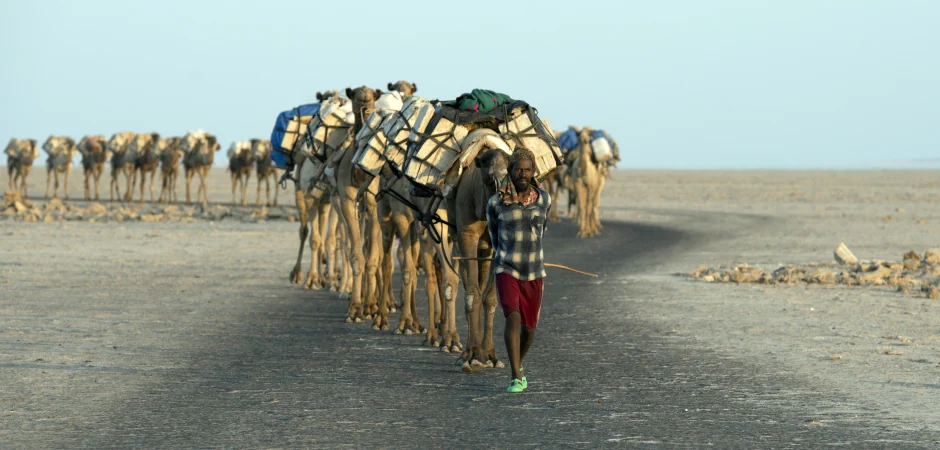The Indigenous Afar People
Ethnonyms: Adal, Adali, Afár af, Affarigna, Aussa, Odali, Qafár af Countries inhabited: Djibouti, Eritrea, Ethiopia Language family: Afroasiatic Language branch: Cushitic
In northeastern Ethiopia, Erta Ale Volcano has had active lava lakes for over a hundred years. It is the most active volcano in Ethiopia. It was unusually active when I climbed to its summit in 2017.
Its name comes from the Afar language, which is spoken by the indigenous Afar people of the region. In English, it means "Smoking Mountain," but the Afar people also colloquially call it "the gateway to hell."
Erta Ale lies in an area known as the Danakil Depression, which is at the confluence of three tectonic plates. It was once covered by the Red Sea. Today, it is a surreal landscape — parts of which are ever-changing sulfuric acid springs and lakes, and salt flats. It is the area where Lucy (one of the oldest hominins ever discovered) died three million years ago.
The Indigenous Afar live next door to the birthplace of Islam (modern-day Saudi Arabia.) They have a history of trade with the Arabian Peninsula. So, it is not surprising that they adopted aspects of that religion during its formative years. Today, though, orthodox (Sunni) Islam is observed mostly among the urban-dwelling Afar.
The semi-nomadic Afar (who form the majority of their people) still maintain their traditional isolationism towards outsiders and outside influences. While they observe Islamic law and practices, they do so alongside ancient Cushite Animism, which includes practices of ancestor veneration, sky-god and sacred-tree worship, and animal sacrifice.
Claiming a genealogy of descent from Arab peoples (which is unsupported scientifically), the Afar name for themselves means "the first" and "the best." Although mentioned as far back as the Thirteenth Century, CE, little is documented about their history.
The "White" Afar (Adoyahmara) are likely the elder group. They live in eastern regions where the landscape is dominated by white salt flats and coastal plains. The "Red" Afar (Asayahamara) are found in inland, western regions where the landscape is dominated by red desert and volcanic lava. The Asayahamara are said to have invaded, conquered then intermarried with the Adoyahmara.
The Asayahamara are the wealthier and more politically dominant Afar sub-group today. They are more likely to live a modern, sedentary life in urban centers as well as to hold positions in government office. They are also more likely to belong to one of the many Afar-affiliated political groups. In the past, there were four such groups — the Sultanates of Aussa, Biru, Tajoura and Raheito. Of these, Aussa was the most successful and influential. Alimirah Hanfere was its sultan until his death in 2011. He was (and still is) regarded by the Afar and others as both an Afar and an Ethiopian hero.
Alimirah lived through both the Italian colonial occupation and the Ethiopian monarchy — as well as the establishing of Djibouti and Eritrea as sovereign nations. Out of the turmoil surrounding this recent history grew a number of political movements representing the Afar people. Both the Afar Liberation Front and the Afar National Democratic Party are active in Ethiopia today.
Any group representing the Afar today, politically, economically or socially, faces a formidable task. Although non-governmental organizations have been working increasingly in the area for many years, the Afar, for the most part, have little access to basic necessities. A gravel road runs through Afar territory into Djibouti. On the Ethiopian side, it is the only resemblance to infrastructure. It is dotted with small, lawless shantytowns like Afdera.
A new railway line connecting Addis Ababa to Djibouti was also opened recently. It passes through the southern Afar Region. Together, these two transport arteries have the potential to open up trade corridors for the Afar.
Along the Red Sea coasts of Djibouti and Eritrea, the Afar make a basic income from fishing. But most of the Afar Region of Ethiopia is barren. The landscape appears more extraterrestrial than terrestrial. Water and vegetation are both scarce. It is here that the vast majority of the Afar are semi-nomadic and they make their income from livestock herding. Often, the herds are tended by children. Many of these children, especially girls, do not go to school. Partly, this is because the nearest school is too far away. Often, it is because the sheer necessity of finding grazing land and water do not allow for a luxury like formal education.
Before his death, Sultan Alimirah said: "Education is the most important thing for my people. You cannot do anything without education." These words should perhaps be his epitaph: They are as true today as then. But formal education is not available to many Afar and, as noted previously, basic survival takes priority even when it is.
I visited a school in a remote, isolated Afar community where the school drop-out rate is particularly high — especially for girls. I was taking educational supplies into the school. I took advantage of the opportunity to address the students.
After a brief talk about the importance of staying in school, I asked the students which of them would not drop out. This girl was the first to raise her hand. The chances of her receiving an education good enough to escape the cycle of poverty are low.
Her father is a salt miner — if he is still alive. Hers is a community where most of the income is from salt mining. The work is manual and the conditions are harsh and grueling. Most of the men who do this work do not live into their fifties. For ten months of the year they toil under a baking-hot sun (this is the hottest place on Earth measured by average, year-round temperature) with little food or water and only basic, hand-held tools. Together, they produce almost all of Ethiopia's salt. So important is this livelihood that an ages-old Afar proverb goes: "As rain falls from morning clouds, so should a man cut salt early in the day."
While Afar men do this work, Afar women are at home. Traditionally, the division of labor follows strict gender roles in Afar society. So, women are seen caring for children, cooking and cleaning until the men return home after sunset. But not all men return every day. The nearest salt market is a week away by camel. Each day, the salt that was mined is loaded onto camels that are then herded into caravans — often up to a hundred strong. The men take turns to shepherd these caravans by night and day, resting only when fatigue or heat overcome them.
The indigenous Afar are a proud, resilient, unconquered and fascinating people who have kept their identity alive in a part of the world that is inhospitable, and which has seen its share of religious and political turmoil. Today, the Afar are an economically poor and marginalized people. Yet, they will likely be one of the longest-surviving indigenous people well into the future.
Photography copyright © 1999 -
2025,
Ray Waddington. All rights reserved.
Text copyright © 1999 -
2025,
The Peoples of the World Foundation. All rights reserved.

Waddington, R. (2018, revised edition 2023), The Indigenous Afar People. The Peoples of the World Foundation. Retrieved December 27, 2025, from The Peoples of the World Foundation. <https://www.peoplesoftheworld.org/text?people=Afar>
Web Links A Grain of Salt: Indigenous Afar Salt Miners of the Danakil (short film on YouTube) Dankalia Afar Focus on the Afar People Books Browning, V. and Little, J., (2008) Maalika: My Life among the Afar Nomads in Africa. Sidney: Pan Macmillan. Olson, J.S., (1996) The Peoples of Africa: An Ethnohistorical Dictionary. Westport, CT: Greenwood Press. Pastner, S., (1984) "Afar." In R.V. Weekes (ed.) Muslim Peoples: A World Ethnographic Survey. Westport, CT: Greenwood Press.

